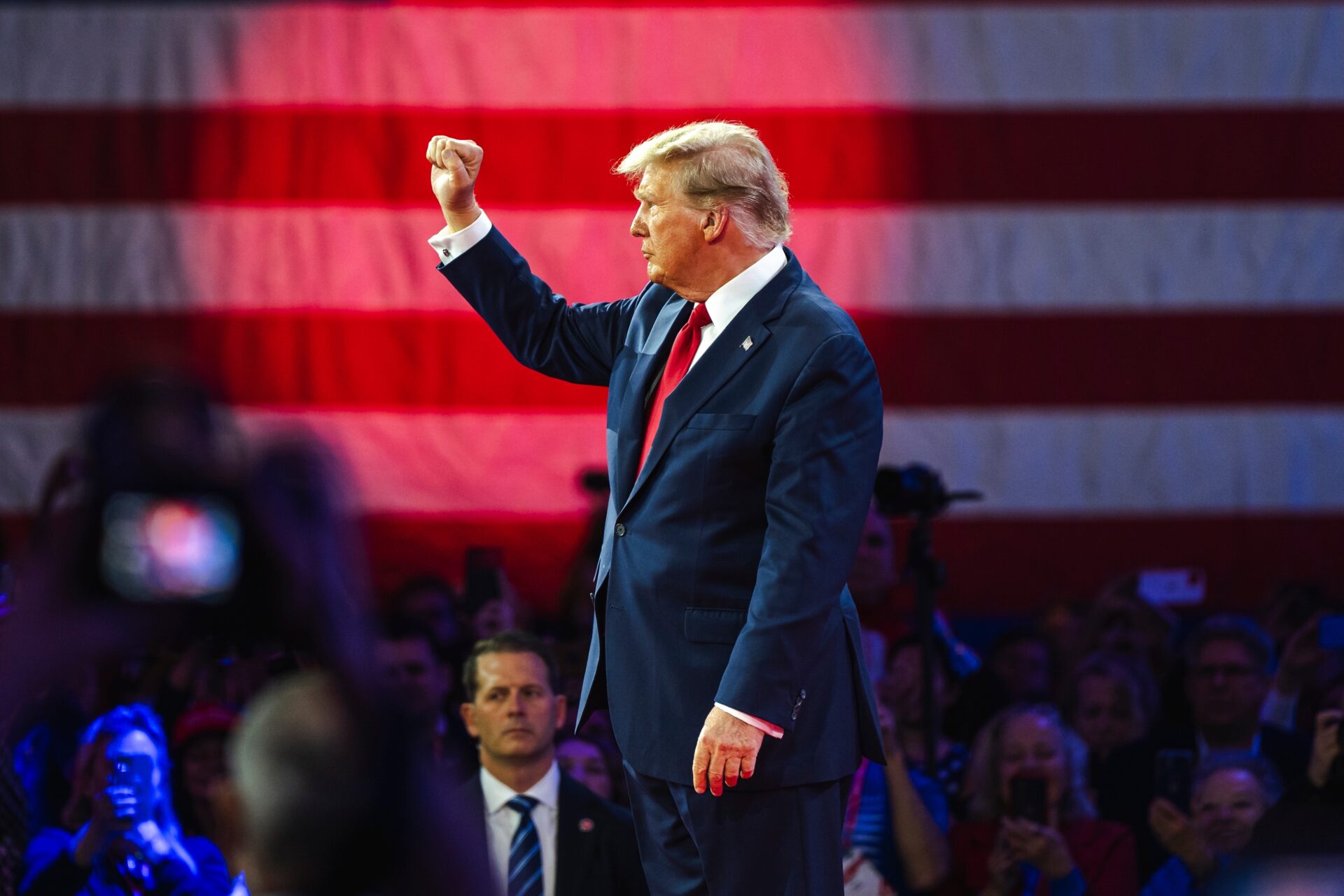Procter & Gamble, a key player in the global consumer goods industry, is facing economic challenges that have led to drastic measures, leaving many wondering about the company’s future direction.
At a Glance
- Procter & Gamble will cut 7,000 jobs over two years, impacting 6% of its workforce.
- The cuts focus on 15% of non-manufacturing roles globally.
- Strategic product sales terminations in specific markets are planned.
- Tariff-related costs and declining consumer sentiment shaped these decisions.
Global Workforce Reductions Announced
Procter & Gamble’s recent announcement to cut up to 7,000 jobs, or about 6% of its workforce, marks a significant operational shift for the company. This decision was unveiled during the Deutsche Bank Consumer Conference in Paris, citing economic pressures and high tariff costs as primary influences. Chief Financial Officer Andre Schulten emphasized that this downsizing is essential for meeting P&G’s long-term objectives, despite acknowledging persistent short-term difficulties due to global economic challenges.
The job reductions primarily impact non-manufacturing roles, accounting for nearly 15% of that specific segment. As of June 2024, the company employed around 108,000 individuals globally. The move aligns with P&G’s strategy to decrease operational costs amid financial strain from tariffs, which affect both raw materials and finished goods imported particularly from China.
Restructuring Product Sales and Operations
In addition to job cuts, Procter & Gamble plans to cease sales of certain products in chosen markets as a restructuring component detailed by CFO Schulten. The specifics of these product sales changes will be shared at a later date, in July. This strategy seeks to streamline operations under ongoing cost pressures faced by the company, further highlighting the adverse impacts of tariffs on multinational corporations.
“This restructuring program is an important step toward ensuring our ability to deliver our long-term algorithm over the coming two to three years,” Schulten said. “It does not, however, remove the near-term challenges that we currently face.” – Andre Schulten.
US consumer sentiment has notably waned, as reflected by the University of Michigan’s sentiment index drop, which could further affect companies like Procter & Gamble. The proposed job cuts and sales adjustments are seen as responses to evolving consumer behaviors and international fiscal policies, particularly those imposed by US tariffs aimed at reducing deficits yet potentially driving inflation.
Broader Economic Implications
The restructuring by Procter & Gamble provides insight into the broader economic landscape affected by tariffs. The Congressional Budget Office has reported that while tariffs might reduce national deficits, they could concurrently shrink economic growth and inflate consumer prices. This development, coupled with insights from the Consumer Brands Association, highlights how tariffs on imported ingredients critically affect companies, prompting strategic recalibrations like those announced by P&G.
The measures taken by Procter & Gamble serve as a reminder of the complexities companies face in globalized markets and the intricate balancing acts required to thrive amid economic tumult.







